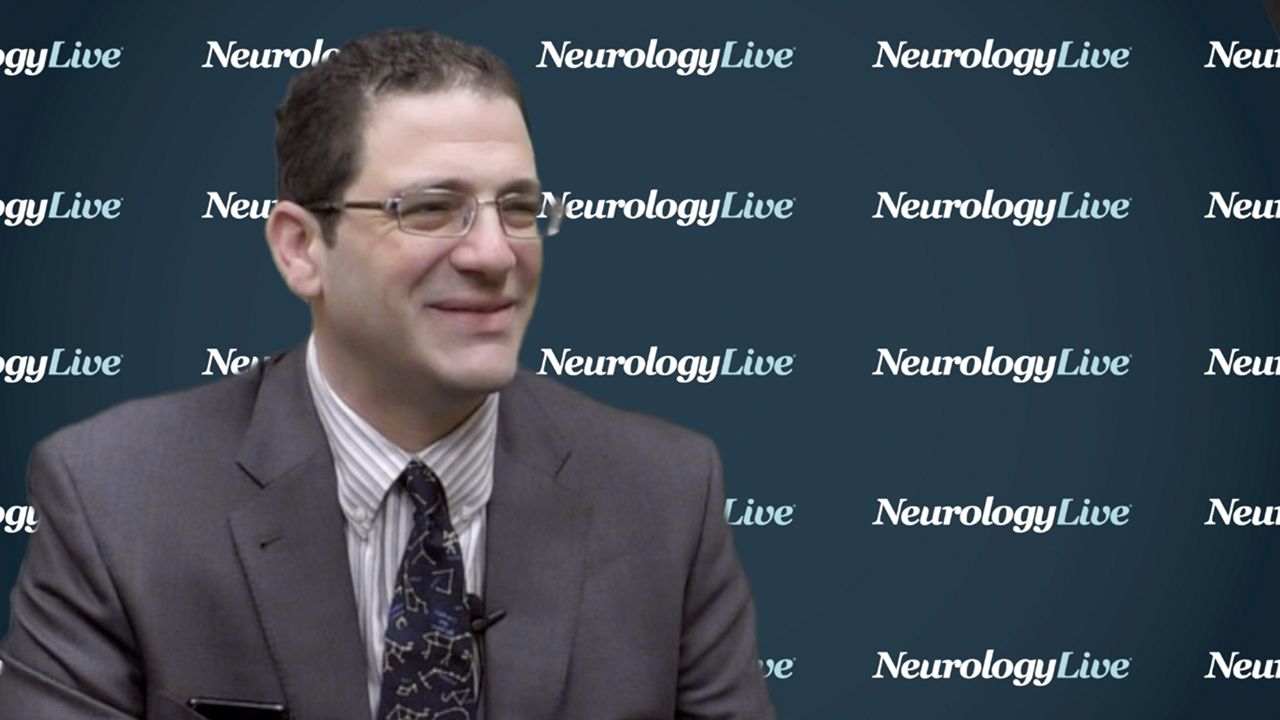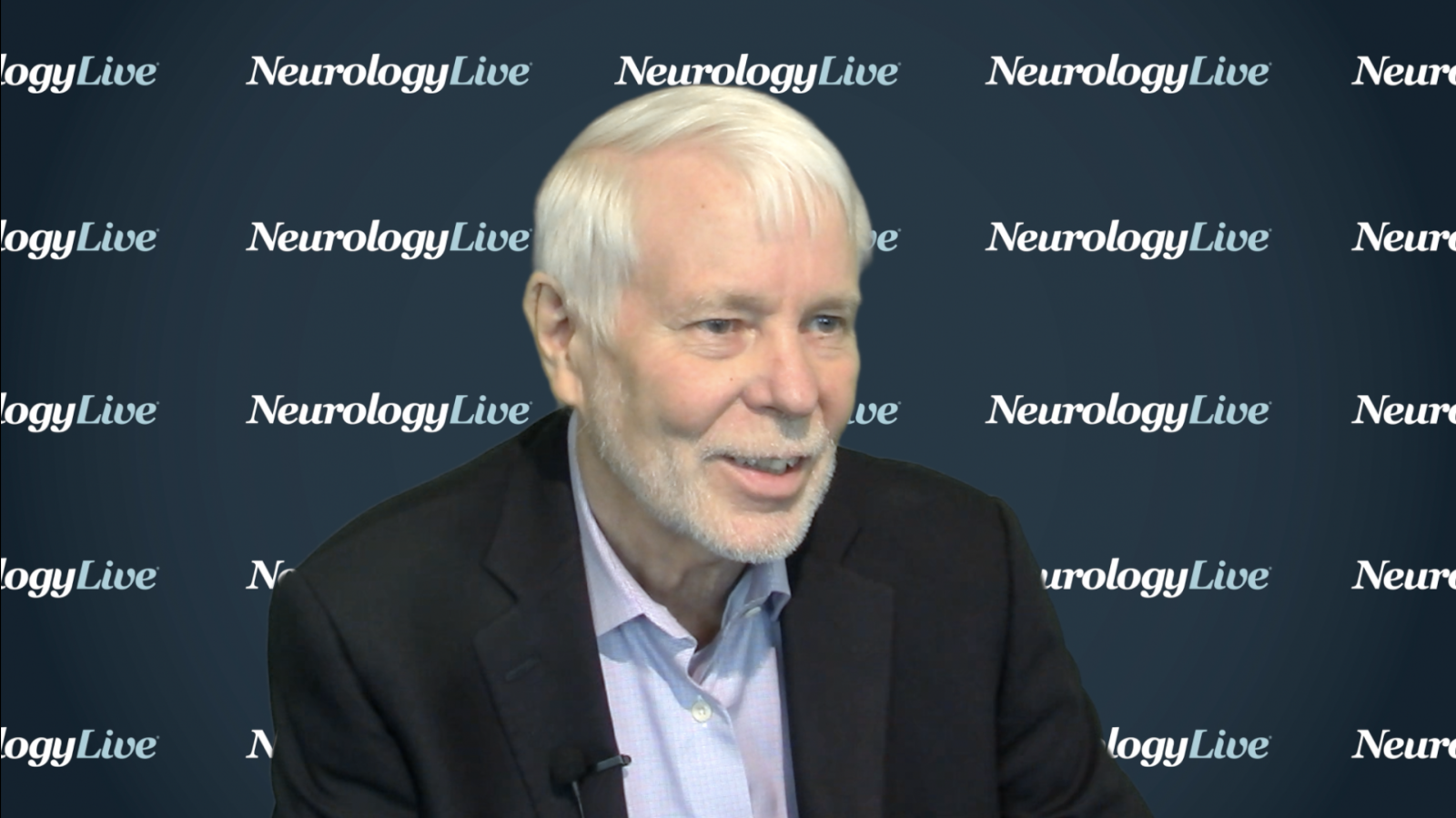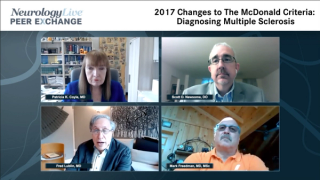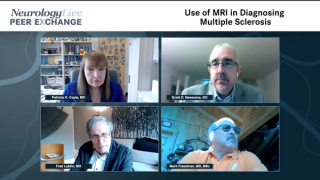
MS and Demyelinating Disorders
Latest News
Latest Videos

CME Content
More News
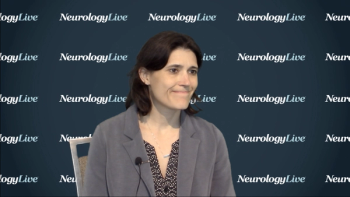
Despite high rates of depression in MS, picking up on signs that an individual may be at risk for suicide can be difficult. The staff neurologist at Cleveland Clinic’s Mellen Center discussed some of the red flags.

Results of a pooled analysis of 3 clinical trials suggest that the magnitude of fingolimod’s treatment effect in MS is not affected by the presence of migraine or headache in patients.

The MS neurologist at Cleveland Clinic’s Lou Ruvo Center for Brain Health spoke about the factors that should be taken into account when making treatment decisions in MS, such as tolerability, affordability, and the desire to start family planning.

Data from 5 clinical trials and their extensions along with 1 real-world study suggest that treatment with teriflunomide can help patients of varying ages maintain low annualized relapse rates and stable EDSS scores.

Diroximel fumarate may be an effective treatment option in both newly diagnosed and interferon/glatiramer acetate switch patients. Interim results show it significantly reduced disease activity and was well tolerated, with low rates of gastrointestinal adverse effects leading to treatment discontinuation.
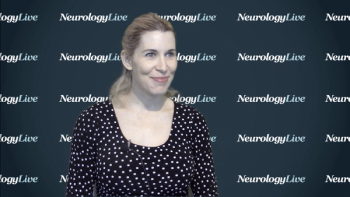
The podiatrist and CEO of Naboso Technology spoke about the potential of simple textured insoles to improve gait, posture, and balance in patients with MS experiencing ambulation issues.

What’s new in MS: teratogenicity of disease-modifying drugs, extended interval natalizumab dosing, a potential biomarker, the “MS hug,” and virtual reality therapy.

Follow-up data extending out to 8 years suggest that both clinical and MRI outcomes are better with alemtuzumab (Lemtrada) than interferon beta-1a in patients with relapsing-remitting multiple sclerosis.

The Director of Behavioral Medicine at the Mellen Center for MS Treatment and Research at the Cleveland Clinic spoke about how she approaches fatigue in MS from a behavioral standpoint.

Given that depression is a common symptom in patients with MS and is associated with increased morbidity and mortality, the investigators examined the effects of lower-efficacy DMTs and higher-efficacy DMTs on depression.

In those with MS treated with subcutaneous interferon beta-1a, Magnetic Resonance Imaging in multiple sclerosis scores may be predictive of the time to new clinical disease activity and disease progression.

In order to better understand the clinical and economic impacts of nonadherence to disease-modifying therapy, the investigators conducted a cost-consequence analysis among patients taking once- or twice-daily DMTs.

The investigators sought to compare a 6-week, in-person intervention with CBT for insomnia and a brief education program in patients with MS who reported symptoms of insomnia.

The subgroups were defined by baseline characteristics that are known to be potential modifiers of risk to conversion to clinically-definite multiple sclerosis, including age, gender, first classification of demyelinating event, presence of T1 Gd+ lesions, and number of active T2 lesions.

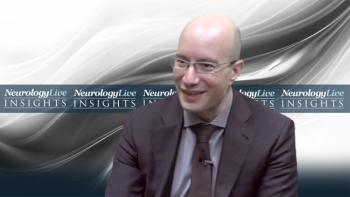


The investigators suggested that this may be indicative of intrathecal IgG synthesis as a useful marker of disability worsening in patients with MS, as well as in making early treatment decisions.

NfL levels were reduced during treatment with fingolimod, providing further evidence of the long-term benefit of the drug and demonstrating a greater impact of highly effective therapy in relapsing-remitting multiple sclerosis.
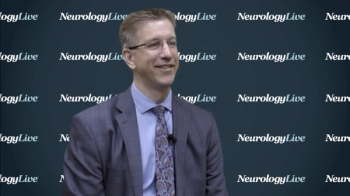
The staff neurologist at Cleveland Clinic shared his insight from the study, as well as what these data can do to further inform the use of this biomarker in progressive MS trials.

The lead investigator noted that “the study results are a promising step toward having a scientifically-validated tool for clinical use that can facilitate physician-patient conversations and ultimately help to get ahead of MS progression.”

Evobrutinib is the first BTK inhibitor to demonstrate clinical proof of concept in multiple sclerosis, reducing Gd+ lesions in a 75-mg, once-daily dose.

Compared to interferon beta-1a, the reduction of grey matter volume loss was greater in those treated with both doses of the oral S1P receptor modulator across all age groups, including the youngest patients at the highest risk for brain volume loss.
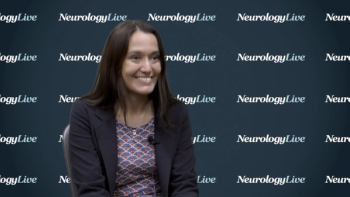
The professor of neurology at the Icahn School of Medicine at Mount Sinai spoke about what’s currently known about medical marijuana’s use, how CBD fits into the conversation, and what research still needs to be done.

The sphingosine1-phosphate receptor modulator was shown to annualize relapse rates by more than 70% for patients switching from other disease-modifying therapies such as dimethyl fumarate; teriflunomide, and daclizumab.


